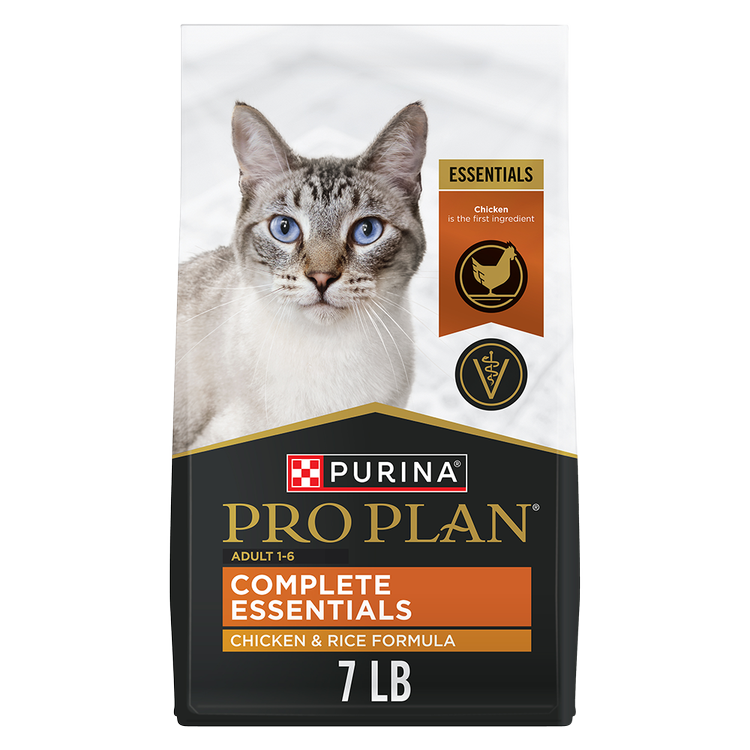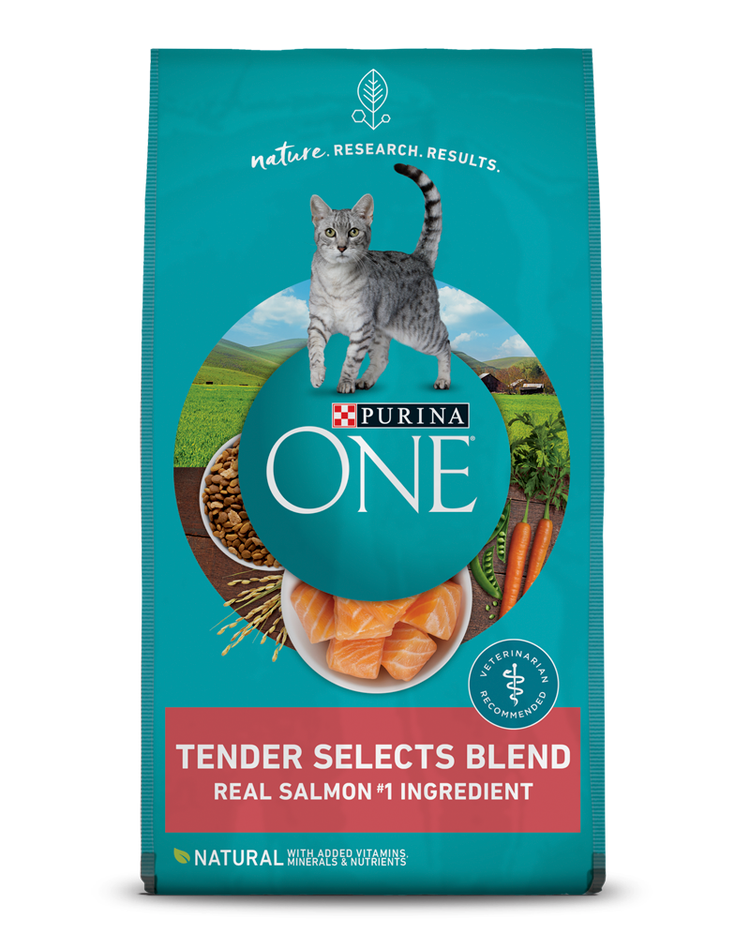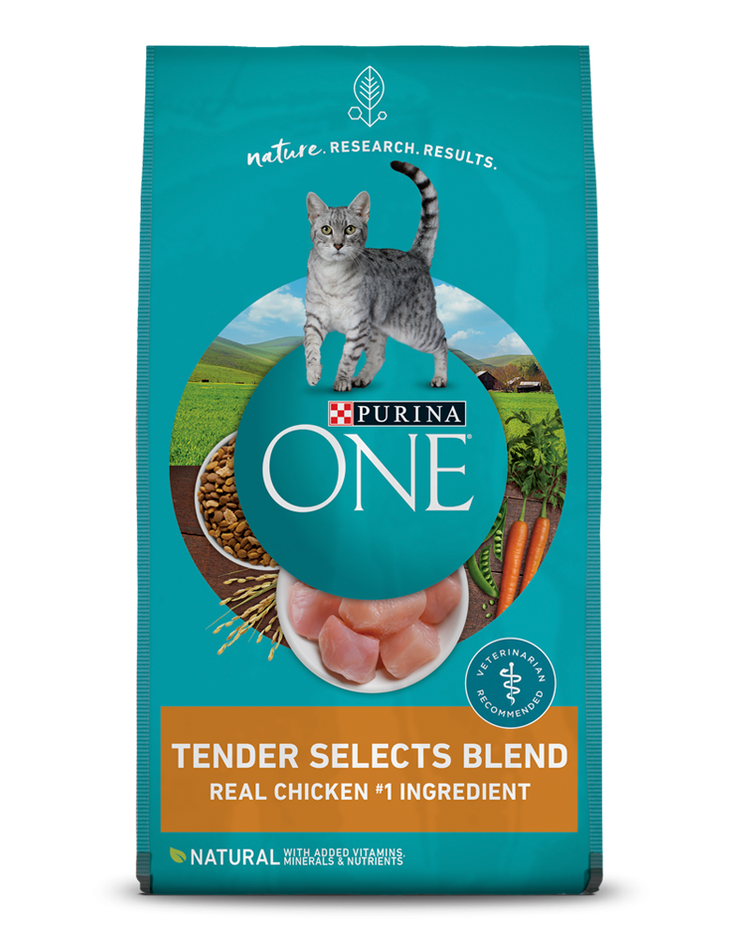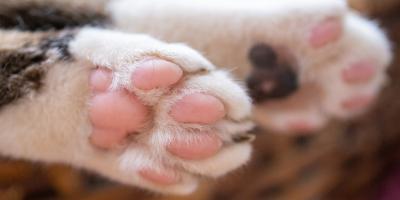There are many reasons why cats throw up occasionally that are less serious and can wait for a veterinary appointment. However, there are other situations when cat vomit indicates a serious medical problem that requires immediate veterinary care.
Cat vomit can vary in color and texture, and each type can indicate various health issues. Learn about the common causes of cat throw-up and when to consult a vet for proper diagnosis and treatment.
Cat Vomit Color Guide
What kind of vomit is your cat throwing up? Here’s a quick guide to understanding what each type of vomit means for your cat:
- Cat Throwing Up Yellow, Clear or White Liquid with a Clump of Compacted Hair – That’s a hairball. Although this can seem normal, it’s important to mention to your veterinarian as it can mean something else.
- Cat Throwing Up Yellow Liquid – This is most likely bile and often occurs with an empty stomach; or it can also be a sign of liver disease.
- Cat Throwing Up Clear Liquid – Usually this means regurgitation from the esophagus or vomiting from an empty stomach.
- Cat Throwing Up White, Foamy Liquid – Most likely regurgitation from the esophagus or vomiting from an empty stomach.
- Cat Regurgitating Undigested Food – This looks like a pile of undigested kibble. It can mean your cat ate too fast, has a problem with her esophagus, or has a potential obstruction in the digestive tract.
- Cat Vomit That’s Red, Bloody, or Streaked With Blood – If the blood is red, it’s probably from the mouth, esophagus, or stomach; this could be a sign they’ve ingested a sharp foreign body. Seek veterinary care as soon as possible.
- Cat Vomit That Looks Like Coffee Grounds – This means they are bleeding from the upper digestive tract or stomach and may indicate ulcers. Seek veterinary care.
- Brown Cat Vomit, Smelly – They could have eaten something brown and smelly, or it can indicate bleeding in the upper gastrointestinal tract. Watch for other symptoms, as a trip to the vet may be necessary.
If your cat is throwing up bright red or dark brown/black bloody vomit, seek immediate veterinary care. For all other kinds of vomit, watch for additional signs and symptoms. If your cat is lethargic, has diarrhea, a bloated abdomen, fever, pain, or has lost her appetite, it could be a serious situation and may indicate poisoning, a foreign object or a health condition that requires care. Be sure to see your vet as soon as possible.
Common Reasons for Cat Vomiting
Why do cats vomit? There are several reasons, some more critical than others. Here is a breakdown of the top causes:
- Hairballs
- Dietary indiscretion
- Parasites
- Eating houseplants or grass
- Inflammatory bowel disease
- Serious illness
Hairballs
A by-product of your cat’s self-grooming, a hairball is simply a collection of dead hair and digestive juices that forms in your cat’s tummy. When your cat swallows hair while grooming, it can build into a hairball in her stomach. Vomiting hairballs means there is either too much hair in the stomach or esophagus or the cat is unable to pass the hair through their GI tract.
When your cat vomits up a hairball, you may also see yellow, clear, or white, foamy liquid with a glob of hair.
Occasional hairballs may tend to happen more often in the spring and fall when your cat is shedding. Long-hair cats are more prone to chronic hairballs than short-hair ones. Brushing your cat regularly can help remove loose hair and keep it out of your cat’s stomach.
If your cat throws up hairballs often, or seems lethargic and doesn’t have an appetite, see your vet. There could be an obstruction in the stomach or intestinal tract. For more information about hairballs, check out: Is Your Cat Getting Hairballs & Throwing Up?
After Eating
If your cat regurgitates soon after eating and it looks like barely chewed kibble, it could be a sign that your cat is eating too fast or there is an issue with your cat’s esophagus. When cats eat fast, they swallow a lot of air as well as food. The kibble and air combine in the stomach and cause upsets.
Why do some cats scarf down their food so quickly and then regurgitate it? Cats may eat too fast if they really, really like their food or if there are other animals in the household at mealtime and they are afraid their food will be eaten by other pets. The easiest way to keep your cat from eating too much too fast is serving smaller portions throughout the day or serving the kibble spread out on a cookie sheet rather than in a bowl.
Transitioning to a new food can also cause cats to vomit after eating. It doesn’t mean they don’t like the new food; it just means the change happened too quickly. To slow the transition, add a little bit of the new food to the old and mix it in. Gradually increase the amount of the new food to replace the old food over the course of 7-10 days.
Another reason for cats vomiting after eating is an intolerance or allergy to an ingredient in the food. With allergies, you may also notice your cat has diarrhea, bald patches, and itchy skin. If you suspect a food intolerance or allergy, talk to your vet. For more information about why cats vomit after eating, read: Why Does Your Cat Throw Up After Eating?
Vomiting on an Empty Stomach
Yellow, white, and clear liquid is an indication your cat is vomiting on an empty stomach. Sometimes they will vomit liquid before or after throwing up a hairball. Or they could have drunk a lot of water or eaten some grass in an attempt to bring up the hairball.
Light liquid vomit can also be a sign of parasites. If it’s liquid and has what looks like angel hair pasta or spaghetti in it, it probably means they have roundworms and a trip to the vet for an antiparasitic is in order. If your cat was a recent stray or is an outdoor kitty who hunts rodents, they may be susceptible to roundworms and other parasites. It’s important to clear any new cat of parasites before introducing them to other animals in the house.
Eating a houseplant or an outdoor plant that doesn’t agree with them can also bring up liquid vomit, and you may be able to notice bits of green or other plant material. Some plants may be toxic, so if your cat shows other symptoms, check your houseplants, and if you think your cat chewed a plant that is toxic, get to a vet immediately. Avoid bringing toxic plants, like poinsettias, lilies, dieffenbachia, and others into a house with cats.
Finally, cats, just like people, produce stomach acid in anticipation of a meal. As cats get hungrier, their stomach acid builds. If they don’t eat, they may vomit yellow, foamy bile. Make sure your cat can graze on kibble if you’re going to be away or late for mealtime.
Blood in the Vomit
If your cat vomits blood, it can be a serious condition that requires a trip to your regular vet or the emergency vet.
If the blood is red and streaky, it may be a sign of a damaged esophagus, external trauma, a foreign object, or inflammation. If the blood is dark brown, smelly, or looks like coffee grounds, it’s most likely a bleeding issue in the digestive tract.
There are several reasons why a cat may vomit blood, including gingivitis, foreign body, hemophilia, rat poison, Inflammatory Bowel Disease (IBD), heartworms, and tumors. All are serious conditions and require veterinary care. Learn more about blood in cat vomit by reading: What does it mean when your cat throws up blood article.
What to Do if Your Cat is Throwing Up
First, observe what kind of vomit your cat is throwing up and how they are acting before and after. If your cat hocks up a furball with a little liquid on occasion and seems perfectly fine afterwards, you should mention this to your veterinarian.
If your cat regurgitates her food right after eating on a random basis, follow our tips above to slow down the speed-eating during mealtime and follow up with your veterinarian, as this could be a problem with your cat’s esophagus.
But if the vomit contains red or dark blood, happens continually, or you suspect exposure to a toxic plant, a trip to the vet is in order. Your vet will conduct a proper examination and determine a treatment plan that helps your cat feel better so you both can enjoy a happy life together.
Want more cat health tips? Get advice from our experts on our Pet Expertise page.
Related articles

Be Rewarded for Your Purina Purchases
Earn and redeem points for Purina products with myPurina app.








